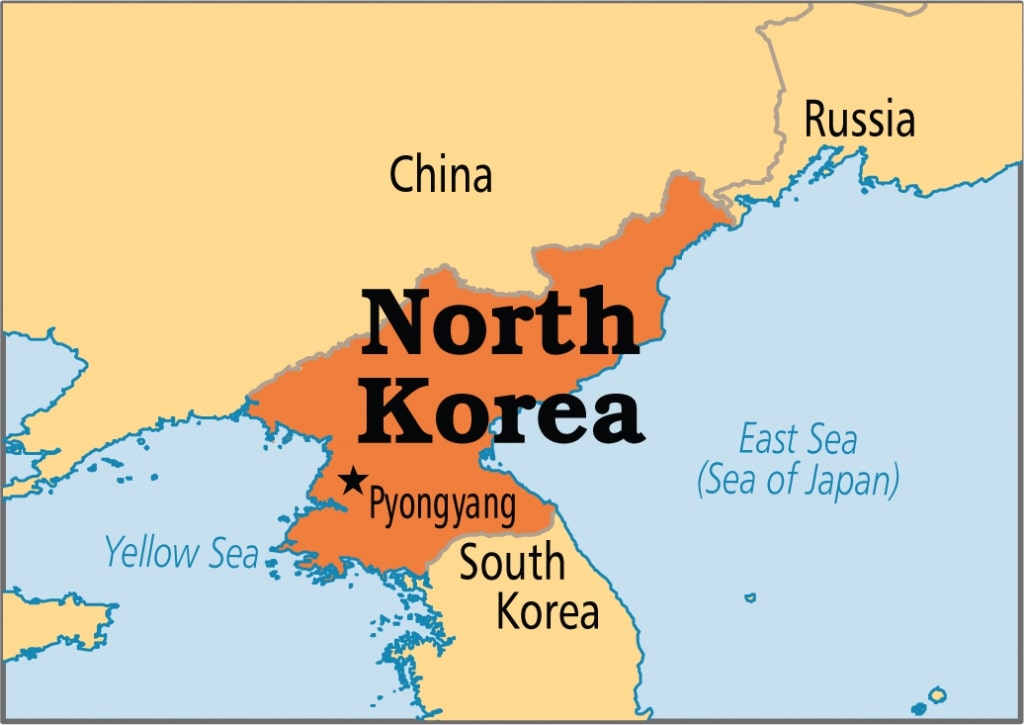What vegetables grow in North Korea?
We will give you information about the vegetables grown in North Korea. Which vegetables grow in North Korea? Does North Korea buy vegetables from outside? In our article, we will answer your questions like this. North Korea cultivates a variety of vegetables as part of its agricultural practices. While specific vegetables may vary by region and season, some commonly grown vegetables in North Korea include:
- Potatoes: Potatoes are a staple crop and a crucial source of carbohydrates in North Korea. They are used in various dishes, including mashed potatoes and stews.
- Cabbage: Cabbage is commonly grown and used in kimchi, a traditional Korean fermented dish.
- Radishes: Radishes are used in various dishes, including kimchi and salads.
- Carrots: Carrots are used in soups, stews, and as a side dish.
- Peppers: Both sweet and hot peppers are cultivated and used to add flavor and spice to dishes.
- Spinach: Spinach is a leafy green vegetable commonly used in Korean cuisine, especially in soups and side dishes.

These vegetables play a vital role in North Korean cuisine, contributing to a diverse range of dishes. Greenhouses have also been implemented to extend the growing season and ensure a more stable food supply in the country, as mentioned in some of the sources provided.
How much agricultural land is there in North Korea?
The exact amount of agricultural land in North Korea can vary depending on the source and the definition of agricultural land. However, it’s generally recognized that North Korea has limited arable land due to its mountainous terrain.
- The Young Pioneer Tours source mentions that North Korea has relatively limited arable land compared to its total land area, but it doesn’t provide specific numbers.
- Wikipedia’s article on Agriculture in North Korea mentions that North Korea has limited arable land due to its terrain but doesn’t specify the exact percentage or area.
- Rocky Road Travel’s source also discusses agriculture in North Korea but doesn’t provide specific figures regarding the amount of agricultural land.
- CEIC Data provides data on the percentage of agricultural land in North Korea, but the exact figures are not available in the search results.
- Country Studies mentions North Korea’s challenging agricultural conditions but does not provide specific statistics regarding agricultural land.
- The World Bank’s data includes information on arable land as a percentage of land area for Korea, Rep. (South Korea) but does not provide specific data for North Korea.
Given the limited availability of specific figures in the search results, it is challenging to provide an exact quantitative answer regarding the amount of agricultural land in North Korea. It is clear, however, that North Korea faces challenges related to its limited arable land, which affects its agricultural productivity. For precise statistical data, it is advisable to refer to authoritative sources or government publications.





